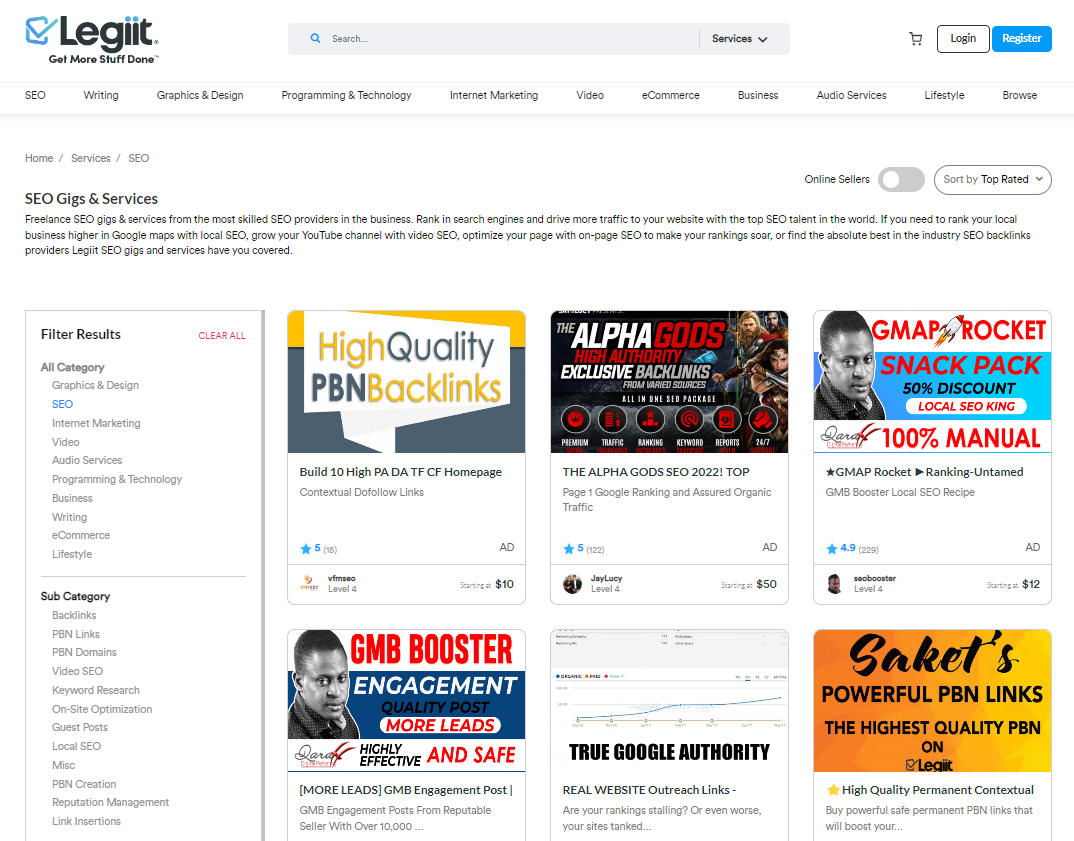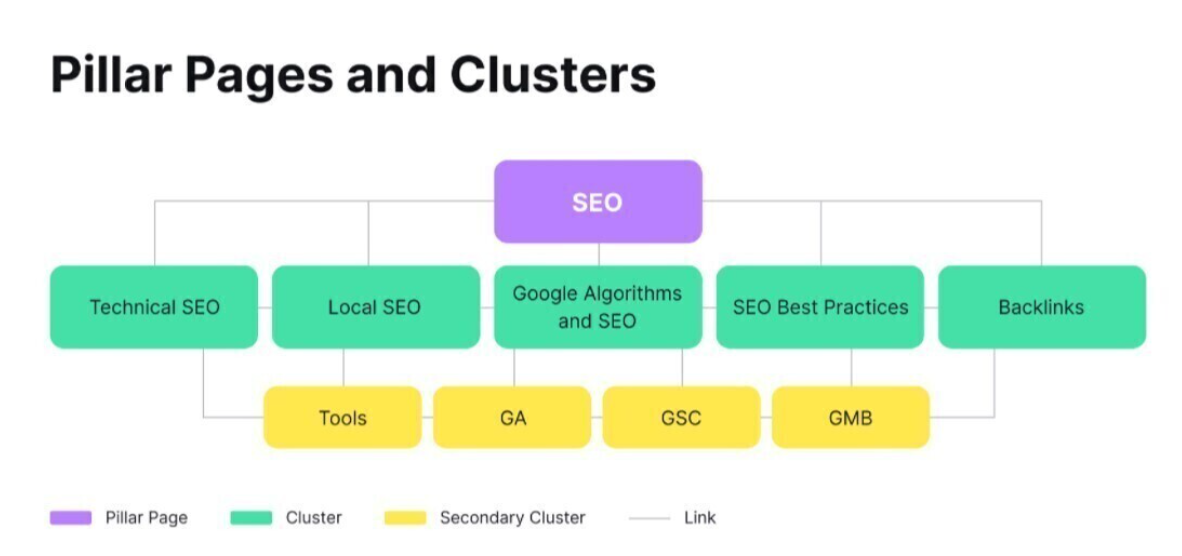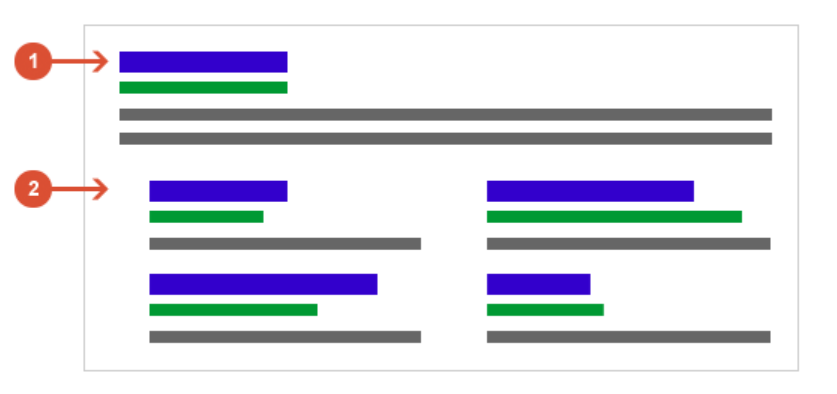Building a Website Structure Best Suited for SEO
A website’s structure refers to the layout and organization of its pages, images, and links (including internal links).
You may have heard the term navigation to describe this as well, which makes sense because navigation refers to how visitors get around your site once they arrive there in the first place.
This can affect your search engine optimization (SEO) as it pertains to your website, so it’s important to consider the overall hierarchical website structure when you build a new site or update an existing one.
Why Should You Care About Website Structure?
Website structure is important because it can help you rank higher in search engine results pages (SERPs).
A well-organized website is easier for search engine crawlers to index, which can lead to better visibility and improved traffic.
Additionally, a good website structure can make your site more user-friendly, helping you keep visitors on your site longer.
All of these factors can contribute to better search engine optimization (SEO).
That being said, it’s a complicated task that requires expertise across several technical disciplines.
That’s why we would recommend you have professional help from freelancers on Legiit. They can help you fix your site’s structure and a solid site structure leads to a better user experience.

Building a Website Structure That’s Great for SEO
1. Use Topic Clusters
When it comes to the basic website structure, there are a few things you need to keep in mind if you want your site structure to be optimized for search engines.
First, your site should be easy to navigate.
This means having a clear hierarchical structure and well-labeled web pages.
Moreover, when you connect relevant pages so that you create topic clusters, you signal authority in your field.
That’s why you should create some pieces of content that cover different aspects of a subject and then link them together.
The linking is very important.
It is harder for search engine crawlers to rank your website if you have similar information scattered throughout your site with no apparent relationship between individual pages.
2. Create Hub Pages
When structuring your website’s pages, it is recommended to identify your money pages (the pages you want to rank for high-volume keywords.)
These are otherwise known as pillar content or hub pages which allow you to highlight the most essential content on your website.
Those will attract top-of-the-funnel traffic.
Then, you can use low-volume, long-tail keyword-optimized content linked to that pillar page to pull visitors deeper into your website.
Moreover, these pages attract customers at different stages in their customer journey, bringing them directly to the website’s content that fits the search intent.

Your solid website structure makes for an intuitive and seamless user experience for your visitors and search engine, no matter the size of your site or the industry.
3. Make the Most of the Authority Backlinks
An important ranking factor for any website is its internal linking structure.
This helps search engines understand website structure and how the different pages on your site are related to one another.
Creating a well-structured website helps improve your SEO and makes it easier for visitors to navigate your site.
An internal linking structure passes the authority through a chain of related pages on your website, usually through the parent pages to the child pages.
It is more difficult to allocate the benefits of your backlinking efforts without a proper structure.
Moreover, if you have an effective website structure, you can create important pages that answer your audience’s specific questions.
And the thing is that the more pages that contain relevant content, the more you increase your chances of acquiring quality backlinks.
So, if you have earned backlinks or contextual links from some reputable websites, make the most of that authority.
4. Prevent Keyword Cannibalization
Paying attention to your website structure will help you prevent keyword cannibalization.
Websites that have a clear organizational and hierarchical structure have specific places for different types of content.
This makes crafting a content strategy easier and prevents keyword overlaps that lower overall rankings in SERPs.
What this means is that the content that covers seemingly similar topics will be distinguished from one another.
Translation? The search engines won’t penalize your website for content duplication.
This will give crawl bots and your audience a clear idea of what each piece of content represents.
5. Optimize for Google Site Links
Sitelinks are an added benefit of SEO architecture.
According to Google, they are “shortcuts that save users’ time and allow them to quickly find the information they’re looking for.”
Meanwhile, Bing refers to them as destination pages where users end up after entering a website.
The thing is that when your sitelinks appear in search results, SERPs create a clear path that directs your audience to the relevant information in the shortest time.

How to have sitelinks featured in search results? Have a good website structure with a clearly defined hierarchy with a sequential structure.
Final Words
When it comes to building a website, the site’s structure is everything.
Think of it as the skeletal framework of your site that determines how each page is laid out and interconnected.
A well-organized website will be easy to navigate and understand, making users more likely to stay on your site.
Additionally, a well-structured website with a clean website menu will be easier for search engines to crawl, index, and rank.
This means that your site is more likely to show up in search results, driving traffic to your site.
Keep in mind that website architecture is a foundational principle of technical SEO.
So, instead of publishing a random collection of content and pages, establish an SEO-friendly site architecture that can help users navigate to your content and help Google index it.





